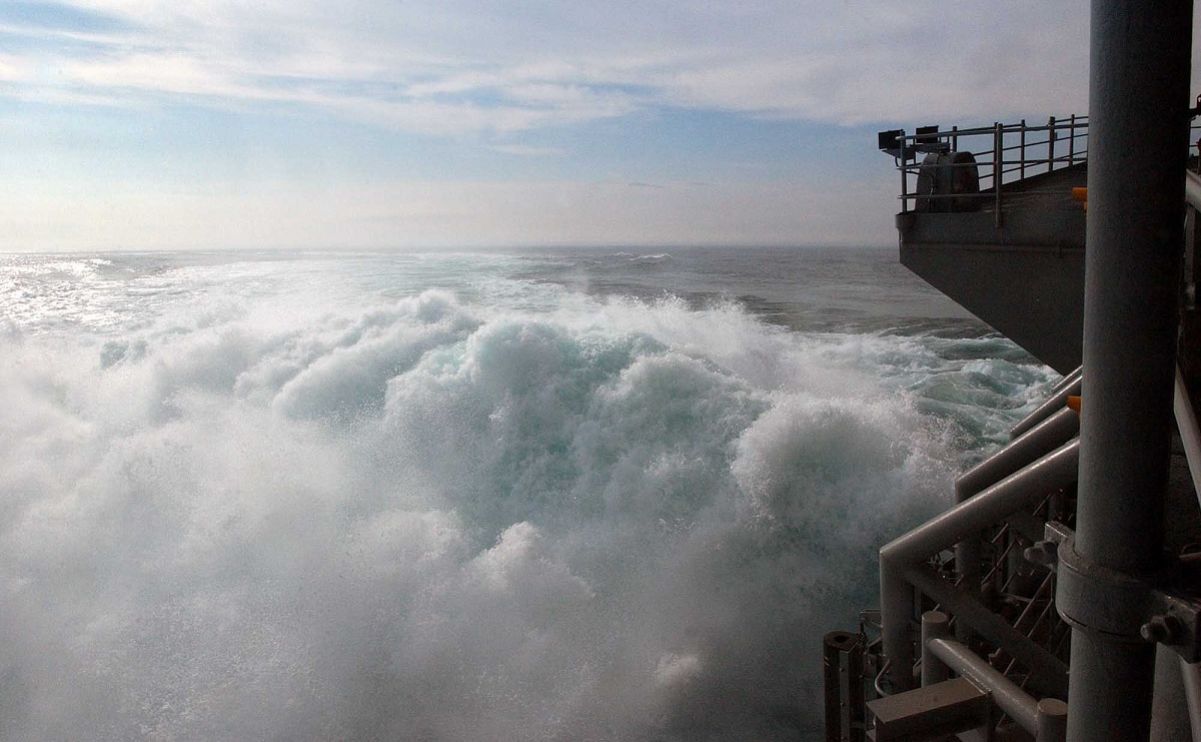US Navy aircraft carriers
US Navy aircraft carriers continue to be the centerpiece of the forces necessary for operating forward. In times of crisis, the first question leaders ask is: “Where are the carriers?”
Often the presence of an aircraft carrier has deterred potential adversaries from striking against US interests. Aircraft carriers support and operate aircraft that engage in attacks on airborne, afloat and ashore targets that threaten free use of the sea and engage in sustained power projection operations in support of US and coalition forces.
The Nimitz and Gerald R. Ford-class aircraft carriers are the largest warships in the world, each designed for an approximately 50-year service life with just a single mid-life refueling. USS Nimitz (CVN 68), USS Dwight D. Eisenhower (CVN 69), USS Carl Vinson (CVN 70), USS Theodore Roosevelt (CVN 71) and USS Abraham Lincoln (CVN 72) have all completed their refueling complex overhauls (RCOH) at Newport News, Virginia, with USS George Washington (CVN 73) and USS John C. Stennis (CVN 74) currently in Refueling Complex Overhaul.
The lead ship of the next generation of aircraft carrier, USS Gerald R. Ford (CVN 78) was delivered in 2017 as the force structure replacement for USS Enterprise (CVN 65), which was inactivated in 2012.
How long does it take for a US Navy aircraft carrier to go to flank speed?

With a speed of 30+ knots (34.5+ miles per hour) Nimitz and Gerald R. Ford-class aircraft carriers are also very fast.
How long does it take (both time and distance wise) for a modern American aircraft carrier to go to flank speed?
‘It’s hard to imagine what a carrier doing flank speed is like,’ Ross Hall, Tactical Action Officer and Anti-Submarine Officer assigned to one of the Nimitz class aircraft carriers, recalls on Quora.
‘During our transit to the North Arabian Sea, we conducted a rendezvous in the Indian Ocean with an amphibious group that was transiting back to the US.
‘That day, the amphib guys showed off their LCACs, and we gave them an impromptu air show, with a couple of fly-bys for good measure.

‘As we parted company, our skipper announced “Let’s show them what an aircraft carrier can do”. We were barely making way at the time. He ordered us to depart at flank speed.’
He continues;
‘I left the combat center, and went to the aft of the ship to watch the fun. At the back of the hangar deck, there is an area (see above) below the flight deck where you can access.
When flank speed is ordered, power is applied to the shafts to turn the aircraft carrier propellers
‘When flank speed is ordered, power is applied to the shafts to turn the propellers. On the Nimitz class carriers, the four propellers are approximately 25 feet in diameter, and each weighs about 30 tons. When power is applied, torque on the shafts is limited to prevent damage – the shafts can “twist” up to one and a half times (540 degrees). The longest shafts are 184 feet long.
‘When the propellers start to turn, the water behind the ship begins to churn – it looks like the sea is beginning to boil. You can feel the ship vibrating as the engines ramp up and the propellers start to rotate.’
He concludes;
‘After about 10 minutes (I didn’t time it), we were at flank speed. The rooster tail behind the ship was approximately eye height (15–20 feet above sea level). I guess if you have a long enough cable and a death wish, you could waterski behind the carrier.’

Photo by U.S. Navy

